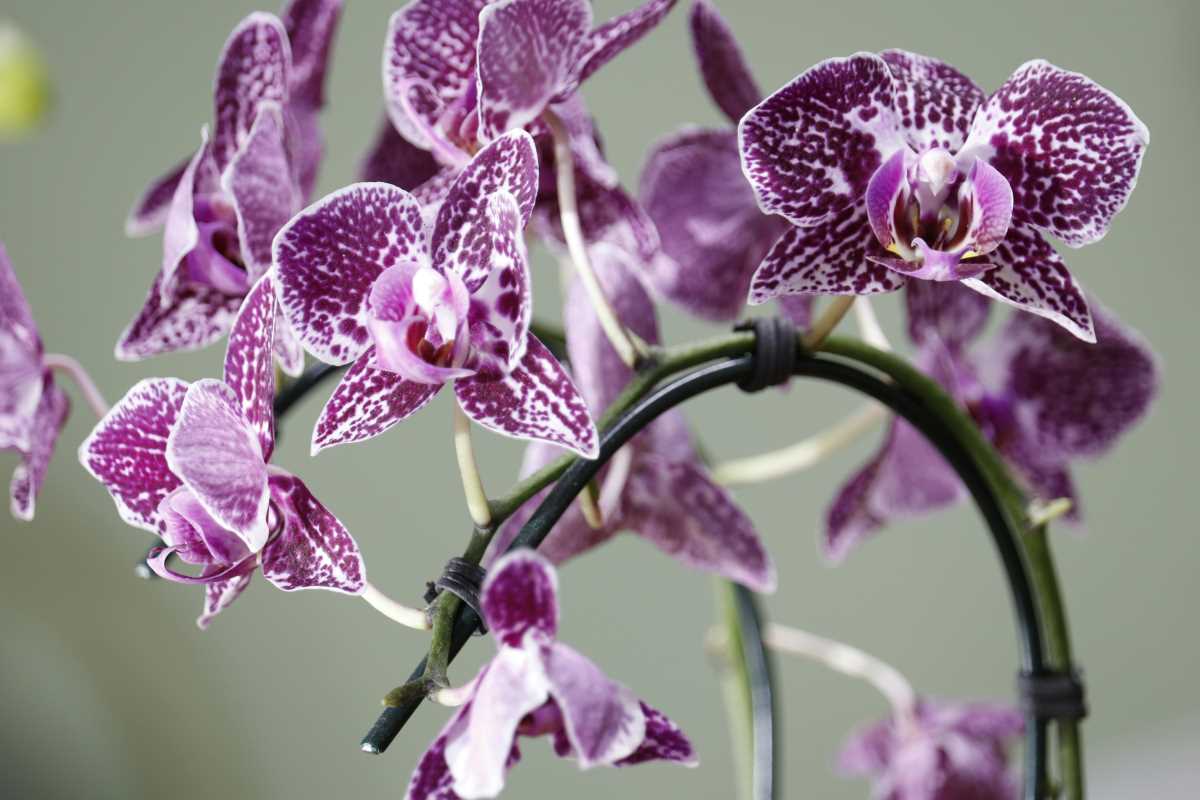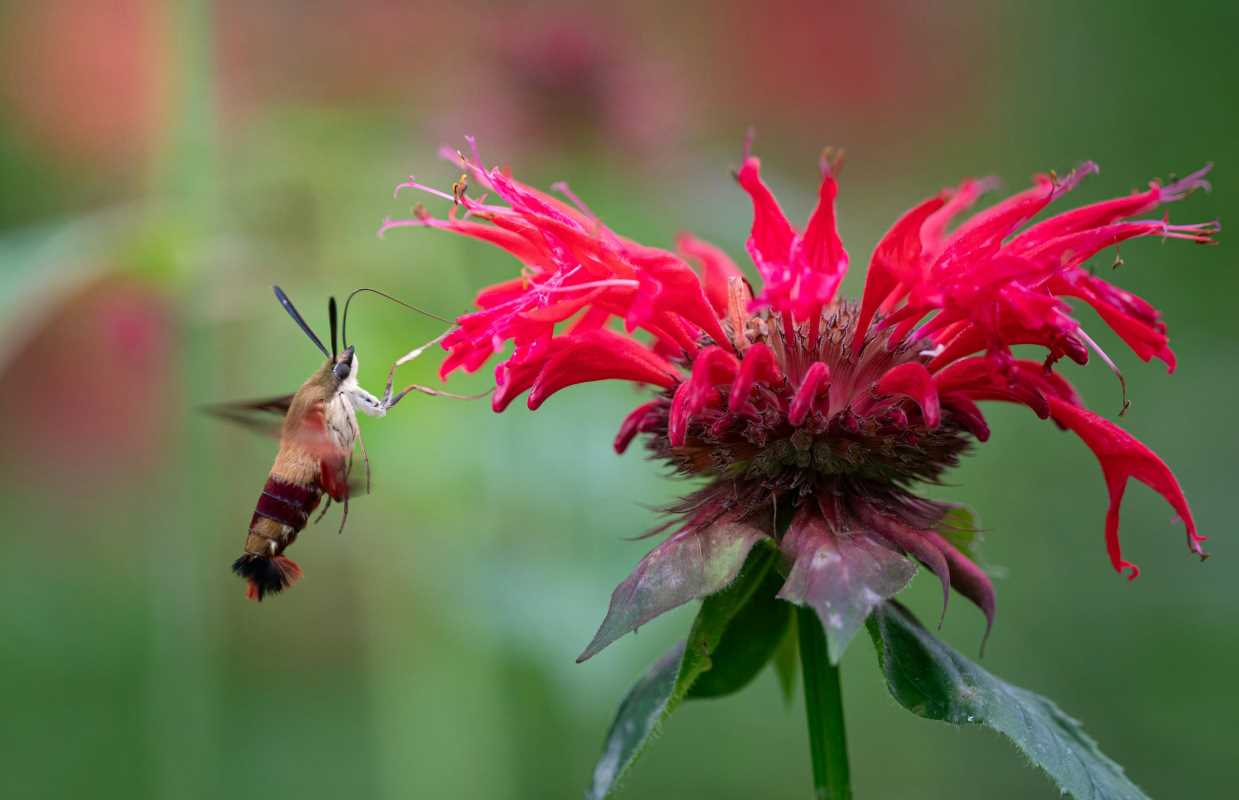Rare orchids draw attention through their graceful shapes and striking colors, turning any home into a fascinating display of nature’s artistry. Growing these uncommon plants offers a sense of satisfaction as each new blossom unfolds before your eyes. Caring for orchids at home presents a delightful challenge, as their unique needs encourage patience and careful observation. With time, their blooms become a rewarding reminder of your dedication, making the entire experience not just enjoyable, but deeply fulfilling. Watching these extraordinary flowers thrive in your care brings a special kind of joy that few other plants can match.
Starting your orchid-growing adventure at home means discovering a world filled with vibrant colors and fascinating textures. With a few practical tips and a little patience, you'll soon be able to nurture these exotic beauties in your own space.
Understanding Rare Orchids: What Makes Them Special?
Rare orchids stand out because of their unusual forms, vibrant colors, and specific growing needs. Their intricate designs remind us that nature has a flair for the dramatic, and each flower tells a story of adaptation and beauty. These orchids are not just decorative plants; they represent a unique piece of natural art.
Many rare orchids require special conditions that make their care both interesting and challenging. They thrive under conditions that mimic their natural habitats, making each successful bloom a small celebration of nature's secrets. Here are some unique features that make rare orchids truly special:
- Uncommon floral structures that add unique charm to any space.
- Specialized growing conditions that offer a rewarding challenge.
- Unique color patterns and textures rarely seen in common houseplants.
- Deep-rooted symbolism in many cultures, making them a conversation starter.
Choosing the Right Orchid for Your Home
Select the orchid that matches your home environment to increase its chances of success. Not all orchids thrive in the same indoor conditions, so understanding your space is just as important as knowing the plant’s needs. Begin by considering the amount of natural light available and the common temperature levels in your room.
When you look for a rare orchid, keep these criteria in mind:
- Light requirements: Find orchids that can thrive in the light conditions of your room.
- Space and container size: Pick species that fit well in your chosen spot.
- Watering needs: Choose an orchid that suits your watering habits and skill level.
- Growth pattern: Think about whether the orchid blooms on long stems or in clumped formations.
Essential Supplies and Setup
Gathering the right supplies is a fundamental step toward building a supportive environment for your orchid. Make sure you have a well-draining pot, a proper orchid mix, and quality tools for everyday care. These items form the basic framework for a healthy setup and make ongoing maintenance easier.
Along with the basic supplies, get a hygrometer to monitor humidity and a thermometer to check temperature. You might also consider a timer for supplemental lighting if natural brightness is limited in your home. Preparing the right setup from the start ensures that your orchid receives balanced nutrition and care as it grows.
Proper Watering and Feeding Techniques
The key to healthy orchids is handling them gently when it comes to water and nutrients. Rare orchids enjoy a consistent watering routine, but avoid overwatering. When you determine the ideal watering schedule, consider the potting medium and the plant’s specific needs. A good rule is to water thoroughly once the top layer of the growing medium feels dry.
When feeding your orchid, use a balanced fertilizer designed for orchids. Apply the fertilizer at a lower concentration than you would with other houseplants, and only during the growing season. This careful feeding helps keep the plant healthy and promotes strong, vibrant blooms without risking nutrient burn.
Managing Light, Humidity, and Temperature
Creating the right environment is essential for orchid survival. These plants naturally thrive in settings that imitate a tropical climate, yet each species may prefer slightly different conditions. Using artificial lights or adjusting room positions can help simulate these conditions if natural light is limited in your home.
Understanding how light, humidity, and temperature work together helps you set up a mini tropical haven. Keep a close eye on these elements:
- Light: Place your orchid near a window with filtered light to ensure it gets bright, indirect sunlight.
- Humidity: Maintain a humidity level between 50% and 70% by using a humidifier or placing a water tray near the orchid.
- Temperature: Keep the room at a steady temperature, ideally between 60°F and 75°F, and avoid sudden temperature changes.
Troubleshooting Common Problems
Even with careful attention, rare orchids can face problems like root rot, pests, or stagnated growth. Check your plant regularly to catch these issues early. If you notice yellowing leaves or drooping stems, it might indicate too much water or poor air circulation.
Identify the source of each problem. For example, if pests appear, gently clean the leaves with a mild water and soap solution. Improving overall airflow and adjusting your watering schedule can solve many common issues. Paying close attention and making small adjustments over time helps you maintain a healthy orchid collection.
Your journey into orchid care can be both exciting and fulfilling. With these tips, you will feel more confident managing the special needs of these beautiful plants. Explore how to care for them and enjoy the beauty they add to your home.
Take each step carefully, and let each bloom reflect your progress. Happy growing!
 (Image via
(Image via





